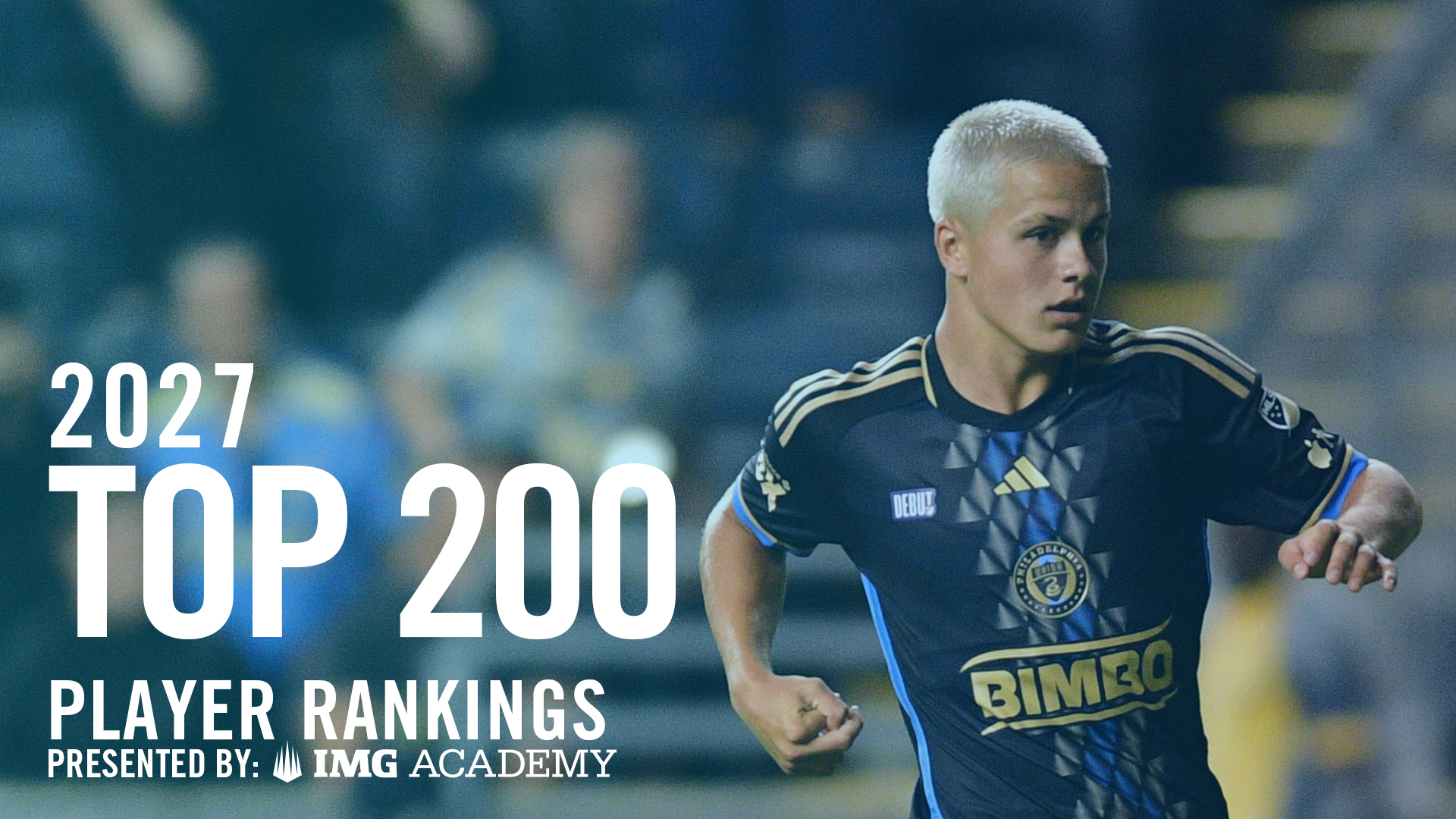Square Pegs & Round Holes: What is Winning?
America loves a winner. Nearly everyone, no matter how fleeting their interest in sport, can answer who won the last Super Bowl or Stanley Cup. Fans across the country have strong opinions on the strengths and weaknesses of “their” team, and how it could win more. Daily, entire television channels are filled with opinions from experts about who is a star, who is past their prime, and who is on the proverbial hot-seat for not winning enough.
Enjoying winning, wanting to win, and valuing winning are all positive things. In some ways, winning can even be viewed as a skill that reflects an ability to ignore distractions, solve problems, and execute well under pressure – qualities that are important in any area of life. But the concept of “winning” and what it means should be far more nuanced. The “cost” of winning, the “way” in which we win, and even the definition of what constitutes “winning” should all be on the table for examination – especially as it relates to development and to youth sports.
So let’s start with some obvious questions:
- Is it “winning” if you cheat? Almost everyone would answer this question in the negative. The collapse of reputation, finances, and even personal life that have occurred to those found to have cheated – even at a professional level – indicates that there can be a very large price to pay for it.
- Is it “winning” if your team is filled with talented but terrible people? This question generates more discussion because it adds a human element. Many organizations in professional sports are now second-guessing whether the “performance” is worth the “risk”. Some, like the New Zealand All-Blacks, would certainly define winning differently – or at least with far greater context than solely scoreboard success.
- Is it “winning” if the way you play is boring or negative? The answer to this question is not as obvious as it seems. In most places, especially at the professional level, the way a team plays may be irrelevant in comparison to the final score – but that is not necessarily so at Arsenal, Barcelona, or Bayern Munich.
If we focus the lens on youth sports, the questions become more difficult – because at a youth level most would agree that the rubric should change. There is debate as to when and how this change takes place, but every developmental expert in any sport will tell you that at some age and level, winning does not correlate well with skill. So let’s ask some tougher questions:
- Is it “winning” to have U13 teams with trophies but U18 teams with very few college-bound student athletes? (Raising expectations or “levels” brings a similar question – is it winning to have professional academies full of players at U16 but with only a few players that make a professional team?)
- Is it “winning” to have success by leveraging short-term athletic attributes to score or prevent goals against physically immature players?
The answers to these questions seem obvious, on their face. But these answers frequently don’t match up with the realities of a youth sideline and the emotion exhibited, the style of play encouraged, and the general chaos that often exists. This disconnect is troubling and raises more questions:
- Why is it “winning” to have a 20-1 record and +100 season goal difference with a group of 9 and 10 year olds?
- Why is it “winning” to be the champion of a “big” local tournament at U12 when half of the players in that tournament won’t even be playing the sport in 3 years?
You will see marketing of exactly these types of facts and accomplishments on websites, Twitters, and Facebook pages of clubs all over the country – from leaders of organizations who are taking a definition of winning from professional sports and applying it to youth athletes. This is nothing but individuals skilled in marketing and promotion trying to shove a square peg (winning in professional sports) into a round hole (winning in youth sports).
Fact: Watching winning performances in professional sports is usually an impressive display of incredible skill developed over long periods of time and training.
Fact: Watching winning performances of 8, 9, 10, and 11 year old athletes is usually a combination of luck, accident, and early physical maturation.
Forcing a round peg into a square hole in this manner creates athletes with very limited long-term futures in the sport – and is based on application of a totally inappropriate coaching skill set. Coaching a team to win games is a totally different skill set then coaching a player to learn – at any level. It is also very different from developing a player to have a long-term future in the game. Fortunately, misapplication of coaching skill sets can be very obvious to see. Coaches engaging in this square peg / round hole mismatch can be recognized by a few telling attributes of their coaching style:
1.The Anti-Moneyball Style. This style is reflected in teams full of players with strength, speed and quickness – with the clear physiques of athletes – but who are technically incompetent despite years of training with their coach. These athletes look good on a stopwatch but can’t do anything with the ball because they have never been taught the fundamentals of the game. They pass with their toes down, drive with their toes up, and bouncing balls are a lottery in how and when they will be settled. But the Anti-Moneyball Style can “win” for years in youth soccer because the players’ speed and strength will compensate for their lack of technical ability.
2.The Football Manager Style. This style is reflected in teams with basic defensive tactical organization – a back four that can pressure and cover for each other, and a midfield that is moderately effective in breaking up play – but with no ideas of what to do with the ball. These teams are organized systemically with players that can’t solve a 3v1 in possession. Nearly every choice in possession is a lumped ball forward with technique that is somehow functional; even though it is terribly flawed it has been honed through hours of bad repetition while the coach debated systems and shapes. But the Football Manager Style can “win” for years in youth soccer because a basic defensive tactical organization will hide the lack of ideas.
3.The Sophisticate Style. This style is reflected in teams with 5 different versions of corner kicks or set pieces – each with carefully choreographed movement in the box and hidden signals on which “play” to run – but with few players who can accurately serve the ball and even fewer that can do much beyond collide with it once it comes into the box. The Sophisticate Style has a more negative impact the younger it is applied, but for new players and parents it can seem like “real” coaching.
4.The Pied Piper Style. This style is most obvious by the “Special Bond” in the team that is described as so unique that no player should ever leave the team, and the coach should certainly never be changed. These teams are formed by a coach smart enough to identify the best players at a very young age, slick enough to recruit them to the same team, and charismatic enough to keep them laughing and having fun even though they aren’t learning anything. The Pied Piper Style is perhaps the best at “winning” in youth soccer, with a skill set that is valuable in sales but totally unrelated to development.
5.The Manipulator Style. This style is, in many ways, the hardest to decipher. It is similar to the Pied Piper – but darker. In this style the coach convinces everyone involved (parent and player) that winning is far more important than anything else in youth sports, that winning in itself will lead to the desired promised land, and that they have a unique ability to create winners. The Manipulator Style includes a culture of constant recruitment of new and better players sold on this view to insure that the winning continues, re-enforcing a false prophecy of long-term development through “winning”.
The common theme to all of the above styles is the goal of coaching a team to win games – and not coaching players to learn or to have a long-term future in the game. Coaching players to learn is a goal that values process over result, and emphasizes a growth mindset. It is coaching the bio-mechanics of technique, correcting break-downs in execution of technique under pressure, and teaching decision-making cues to determine when and how to apply technique in the game. It is detail oriented, often subtle in application, layering in complexity over time, and a step-by-step development process where you cannot “skip ahead” for a result. Explaining this process is the topic of an article for another day.
The answer to improving youth development is simple in concept, but very difficult in execution and implementation. It is continually educating youth coaches to be better at all levels – U6 to U18, parent to professional. It is educating parents on what to look out for in coaching and youth sports, and what to fervently seek. It is improving every coach’s desire and ability to coach players to learn, and it is ultimately stopping coaches and parents from forcing square pegs into round holes.
Christian Lavers is US Club Soccer’s Executive Vice President and the President of the Elite Clubs National League. He coaches professionally in the NWSL, is the Director of Coaching of FC Wisconsin, and has worked with multiple youth national teams.
Headlines
- Recruiting Roundup: December 8-14
- How Do I Get Scouted by TopDrawerSoccer?
- 2026 Women's Division I Transfer Tracker
- Men's College Cup Final Preview
- IMG Academy Player Rankings: Boys 2027
-
Commitments: Looking at Loyola Marymount

- NC State Advances to First College Cup Final
- Washington Dominates College Cup Semifinal
-
GA Showcase/Champions Cup Goal Scorers

- TopDrawerSoccer TeamRank Update - Boys



